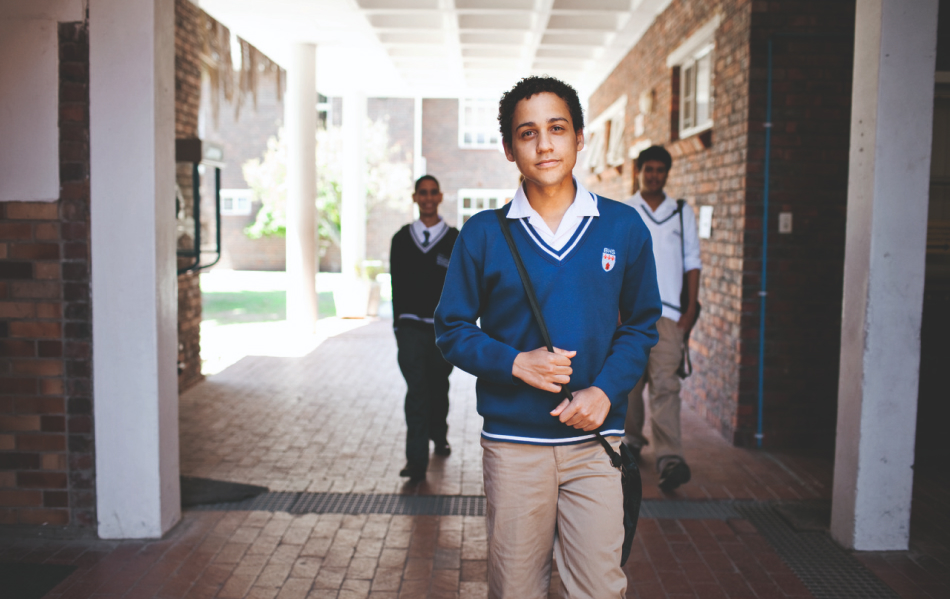Top Tip!
____________________
Keep your own log of the child's blood sugar levels throughout the day.
Our Children with Diabetes series offers type 1 diabetes (T1D) guidance and support, including bite-size educational material, to both parents and children. This article covers the T1D basics and is designed for friends and family members of a child with type 1 diabetes.

When your child has T1D, everything you do requires careful planning. The thought of leaving your child in the care of someone else or of another adult asking them to take over your care provider role likely fills you with dread. How can anyone else provide the same level of T1D care as you?
This article aims to increase your confidence in other carers by taking the basics of T1D and condensing them into a handy guide. Think of the below as a preparation checklist for your friends, family and guardians looking after your child with T1D.
Hit the print button and share our handy guide with your child’s caregivers for peace of mind. Or simply share the link far and wide!
HQ23DI00484